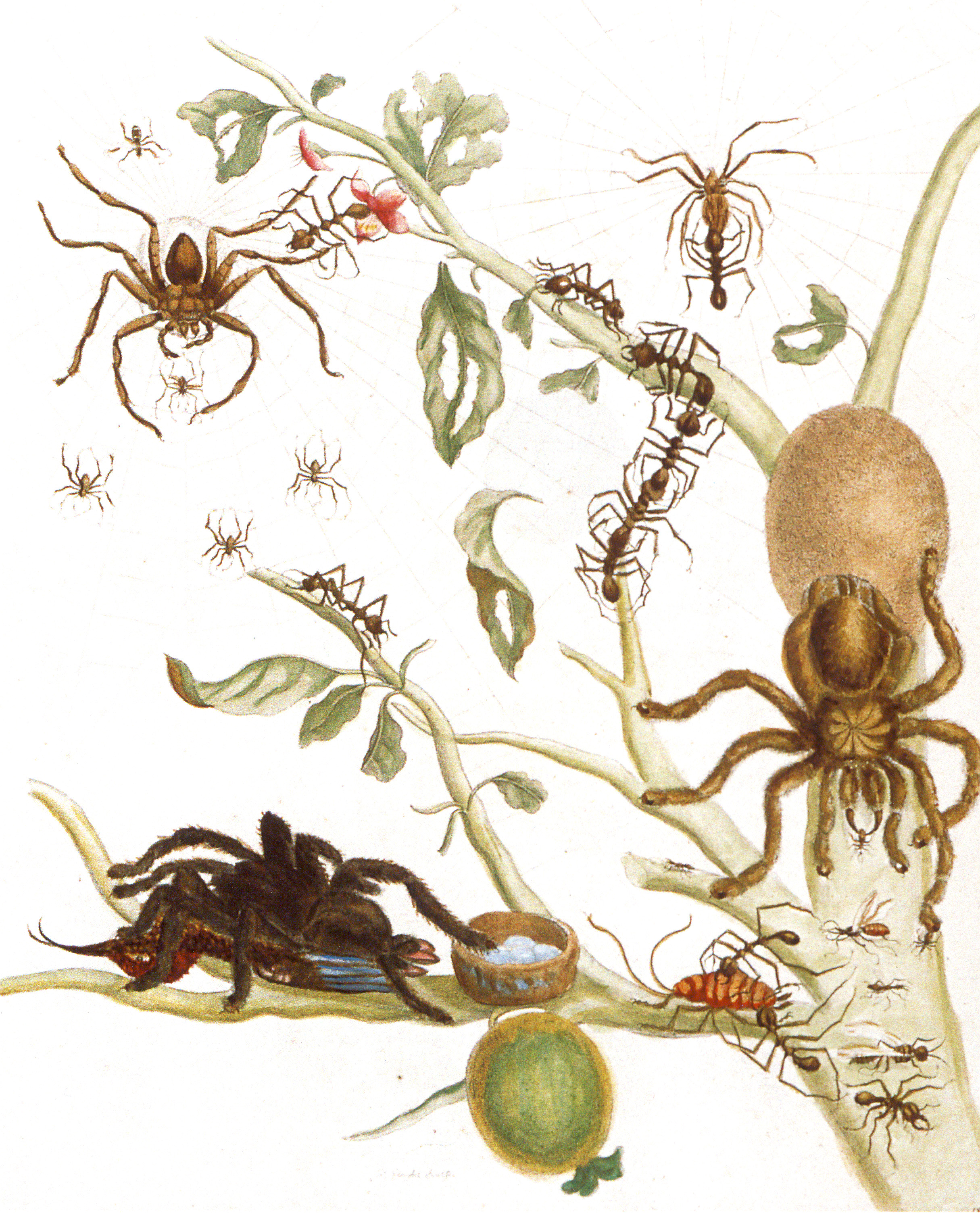Summary
Avicularia is a genus of the family Theraphosidae containing various species of arboreal tarantulas. The genus is native to tropical Central and South America. Each species in the genus has very distinguishable pink foot pads. Species belonging to this genus are amongst the relatively small exception of tarantulas that can jump moderate distances as juveniles, with most tarantulas being limited to lunges of 3-4 centimeters. Urticating hairs are distinct to new world tarantulas including the Avicularia that are attached to the spider's cuticle via a stalk. These spiny, barbed hairs are used as a defense against potential intruders as well as embedded into silk to protect the egg sac. In active defense, the hairs are released by contact with the stimulus and rubbed in. At least three species of Avicularia are threatened by habitat loss and illegal trafficking, due to their popularity as exotic pets. Avicularia avicularia are among the tarantulas most commonly kept as pets for their "stunning" color and size.
Taxonomy
The genus Avicularia was erected in 1818 by Jean-Baptiste Lamarck for species previously placed in Mygale Latreille, 1802, the genus name used at the time for most mygalomorph spiders. One of the species Lamarck included in his new genus was Avicularia canceridea, which included Aranea avicularia, first described by Carl Linnaeus in 1758. Araneologists continued to use the name Mygale, although this had been used for genus of mammals in 1800, so was not available for Latreille to use for spiders. Ausserer in 1871 used Avicularia, but a degree of confusion persisted until a decision of the International Commission on Zoological Nomenclature in 1928 established the correctness of Avicularia, with the type species being Linnaeus' Aranea avicularia in the combination Avicularia avicularia. Linnaeus' name Avicularia is derived from the Latin avicula, meaning "little bird", with the suffix -aria, which is the Latin female singular form of -arius, meaning "pertaining to." This refers to a 1705 illustration by Maria Sibylla Merian, showing a tarantula that appears to be of this genus feeding on a bird. The English names "bird spider" and "bird-eating spider," and the German name for tarantula, Vogelspinne (a compound noun literally meaning "bird" [vogel] "spider" [spinne]) reflect this Latin name. Ironically, the term "bird-eater" is more typically applied to the common names of large terrestrial species of tarantulas, such as the Goliath birdeater (Theraphosa blondi), the burgundy Goliath bird eater (Theraphosa stirmi), and the Brazilian salmon pink bird-eating tarantula (Lasiodora parahybana). A major review of the genus drastically reduced the number of species recognized, from over 50 to 12,. Some species have been transferred to other genera, with others reduced to synonymy. Yet more names are considered to be doubtful in their application (nomina dubia).
